🏞 Details
📹 Video: 2021 2022 2023 2024
Previous | Main | Next |
Wildlife & flora: Snowy egret, American white ibis, Sandpiper, Roseate spoonbill, Blue-headed vireo, Mourning dove, Great-crested flycatcher, Yellow-rumped warbler, Great blue heron, Brown pelican, Northern mockingbird, Pink camellia, Spanish moss, Trumpet vine, Hummingbird vine, Bald eagle, Eastern Bluebird, Marsh crab, Mourning dove, Bald eagle, Fish (fry). Trumpet vine, Hummingbird vine, Little blue heron, Green anole, Green heron, Wood stork, White egret, Osprey, Belted kingfisher, Red-shouldered hawk, Southeastern five-lined skink, Double-crested cormorant, Least sandpiper, Hooded merganser, Gray catbird, Brown anole, Pyrrhopappus carolinianus, Palm warbler, American white pelican, Western sandpiper, Red-bellied Woodpecker, Snail (Littoraria irrorata), Lady crab (Ovalipes ocellatus), Great egret, Atlantic sand fiddler, Horace's duskywing, Polyphemus moth, Common sandpiper, Canada goldenrod, Panicledleaf ticktrefoil, Tricolored heron, Gulf fritillary, Northern cardinal, Merlin, Red-winged blackbird, Grasshopper, Myrtle warbler, Yellow-bellied sapsucker, Clapper rail, Common yellowthroat, Carolina chickadee, Lindenleaf rosemallow, Largeleaf pennywort, Bacopa monnieri, Common starling, Smith's earthstar, Eastern redcedar, Blue dasher, Scarlet skimmer, Pileated woodpecker, Common ground dove, Green anole, Chicken of the woods, Eastern pondhawk, Hosta longipes, Marsh rabbit, Water kingfisher, White peacock, Eastern gray squirrel, Red-tailed hawk, Blackfoot daisy, Willet, Bella moth, Climbing aster, Eastern mudsnail, Eastern phoebe, Downy woodpecker, Golden wax myrtle, Ring-billed gull, Azalea, Spanish Needle, Greater yellowlegs, Cherry laurel, Spiderwort, Eastern carpenter bee, Mallard, Lyreleaf sage, Marsh woundwort, Common holly, Greenbrier, Sailfin molly, Chesapeake blue crab, Protaetia, Blue jay, North American river otter, Carolina saddlebags, American green tree frog, True crabs, Solitary sandpiper, Limpkin, Curlew sandpiper.
2024
⏳ 01/20/24

Yellow-rumped warbler
White egret
Great blue heron
Osprey
⏳ 01/28/24
Mourning dove

Red-bellied woodpecker



Camellia
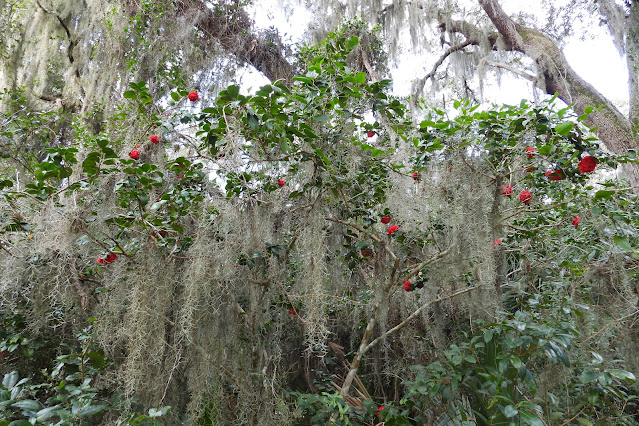



Great blue heron

White egret



Brown anole
Eastern phoebe
⏳ 02/03/24
Eastern gray squirrel
Great blue heron
⏳ 02/23/24
Palm warbler
Palm warbler
Snowy egret
Little blue heron
Myrtle warbler
Palm warbler
Downy woodpecker
Golden wax myrtle
Pileated woodpecker
Common sandpiper
Ring-billed gull
Azalea
⏳ 03/02/24
Spanish Needle
Northern cardinal
Roseate spoonbill
Greater yellowlegs
Little blue heron
Cherry laurel
Double-crested cormorant
Spiderwort
⏳ 03/14/24
American white ibis
Eastern carpenter bee
⏳ 03/21/24
Mallard
⏳ 03/26/24
Spiderwort
Lyreleaf sage

Marsh woundwort


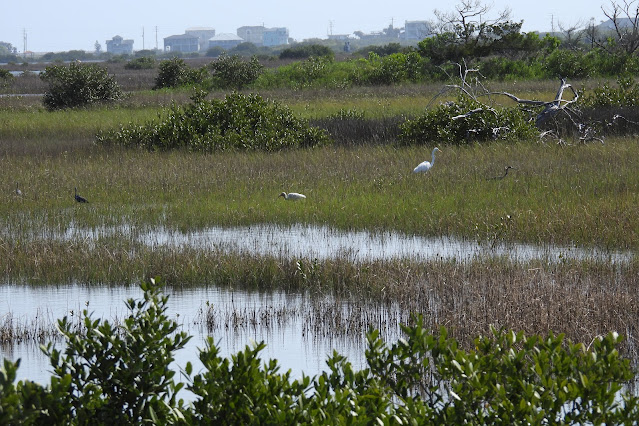


Green heron
Common holly
⏳ 03/28/24
Wood stork
Greenbrier
Brown pelican
Trumpet vine
⏳ 03/30/24
⏳ 04/03/24
⏳ 04/10/24
Sailfin molly
Chesapeake blue crab
Protaetia
Tricolored heron
Red-tailed hawk
⏳ 04/10/24

Solitary sandpiper
⏳ 04/21/24
Blue jay
Gray catbird
⏳ 04/24/24
⏳ 08/14/24
North American river otter
Carolina saddlebags
⏳ 08/17/24
American green tree frog
Limpkin
It has begun reconstruction of 1748 Fort Mose, not in the marsh (where it originally was) but near the museum, affecting wildlife and existing trees.
What tree!!!
True crabs
⏳ 09/05/24
⏳ 12/19/24
⏳ 12/24/24
Myrtle warbler
Curlew sandpiper
⏳ 12/30/24
2023
⏳ 05/30/23
⏳ 04/30/23
Common yellowthroat
⏳ 04/06/23
⏳ 03/23/23
⏳ 03/14/23
Myrtle warbler

⏳ 05/30/23
Carolina chickadee
Lindenleaf rosemallow
⏳ 06/03/23
Green heron
Largeleaf pennywort
Bacopa monnieri
Double-crested cormorant
Common starling
⏳ 06/05/23

⏳ 06/08/23
Smith's earthstar
Eastern mudsnail
⏳ 06/20/23
Eastern redcedar
Red-bellied woodpecker
Blue dasher
Scarlet skimmer
Pileated woodpecker
⏳ 06/25/23
Common ground dove
Green anole
Chicken of the woods
Green heron
Eastern pondhawk
Hosta longipes
⏳ 08/05/23
Marsh rabbit
Water kingfisher
Osprey
⏳ 08/19/23
Eastern bluebird
⏳ 08/19/23
Green heron
White peacock
Eastern gray squirrel
Osprey
Red-tailed hawk
Blackfoot daisy

Belted kingfisher
⏳ 10/29/23
⏳ 10/31/23
Eastern phoebe
Bald eagle
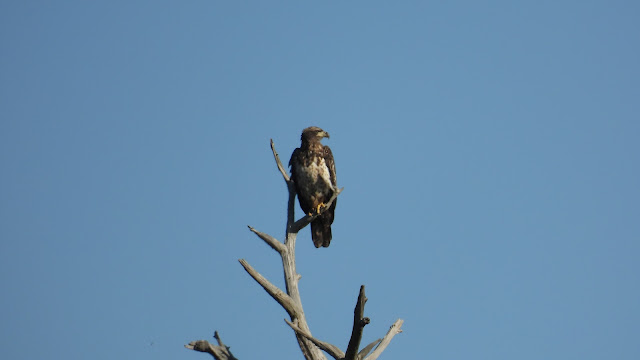
Willet
⏳ 11/25/23
Bella moth
Climbing aster
2022
⏳ 01/02/22
Pyrrhopappus carolinianus
⏳ 01/25/22
Palm warbler
American white pelican
⏳ 02/19/22
⏳ 03/02/22
Western sandpiper

Red-winged blackbird
⏳ 06/11/22
Red-bellied Woodpecker
Snail (Littoraria irrorata)
Lady crab (Ovalipes ocellatus)
⏳ 08/06/22
Great egret
⏳ 09/03/22
Atlantic sand fiddler
Horace's duskywing
⏳ 09/24/22
Polyphemus moth
Common sandpiper
Canada goldenrod
Panicledleaf ticktrefoil
⏳ 10/02/22
⏳ 10/06/22
Tricolored heron
Gulf fritillary
Northern cardinal
⏳ 10/08/22
Merlin
⏳ 10/15/22
⏳ 02/13/22
2021
⏳ 12/05/21
Brown anole
Gray Catbird
Hooded merganser
They can not to refrain from putting a ring on bird's foot
⏳ 11/27/21
⏳ 11/21/21
Least sandpiper
⏳ 11/20/21
Double-crested cormorant
⏳ 10/31/21
⏳ 10/23/21
Southeastern five-lined skink
Northern mockingbird
Red-shouldered hawk
Belted kingfisher
Osprey
⏳ 09/06/21
Great egret
Wood stork
Green heron
⏳ 06/05/21
Mourning dove
⏳ 05/28/21
⏳ 05/13/21
Snowy egret
American white ibis & Little Blue Heron
Sandpiper
Roseate spoonbill
Little Blue Heron juvenile
Blue-headed Vireo
Crab
Mourning dove
Great crested flycatcher
⏳ 01/21/21

Snowy egret
Great blue heron,

Brown pelican
Camellia
Mockingbird
2020
⏳ 10/06/20
Tricolored heron
Grasshopper
⏳ 12/16/20
Myrtle warbler
Yellow-bellied sapsucker
Clapper rail
2019
Fish (fry)
Little Blue Heron
Green anole
⏳ Mar 2019
Pink Camellia
Spanish Moss Dream
Trumpet vine, Hummingbird vine (Campsis radicans)
Spanish Moss (bromeliad)
As Florida climate is subtropical (North and Central) and tropical (South) Spanish Moss, which is an epiphytic flowering plant (growing on trees), thrives. In French Polynesia is known as "grandpas beard".
Its scientific name Tillandsia usneoides means "resembling Usnea", the beard lichen.
The "hair from trees" was used commercially as upholstering material (read about the thriving industry in this 1937 article).
The tropical and subtropical plant is used in the desert regions of the southwestern United States in the manufacture of alternative, less expensive, air conditioning, the evaporative coolers (swamp coolers, desert coolers). Naturally these can be used only in low-humidity areas: "A pump squirts water onto a pad made of Spanish-moss plants. A fan then pulls air through the pad and into the building. Evaporation of the water on the pads serves to reduce the air temperature, thus cooling the building". These are great coolers as fresh air comes in and warm indoor air escapes partially opened windows. Learn more.
Trumpet vine, Hummingbird vine (Campsis radicans)
Bald eagle
Wood storks (Mycteria americana)
Considered to be threatened in United States this tropical and subtropical bird needs fluctuating water levels (Everglades levee and drainage system is not favorable). Only 31% of nests (3-5 chicks) fledge a chick in any given year.




























































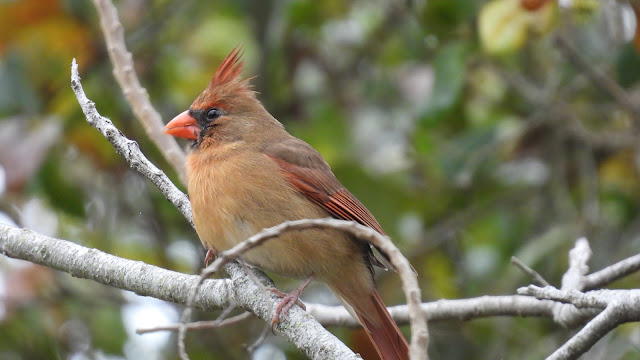















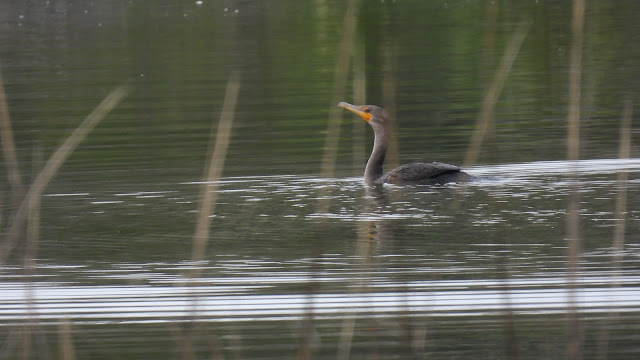

































































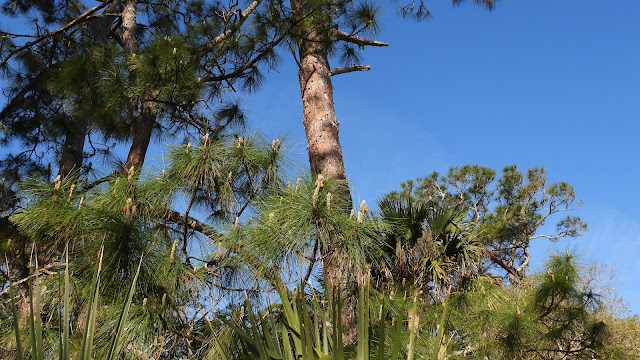


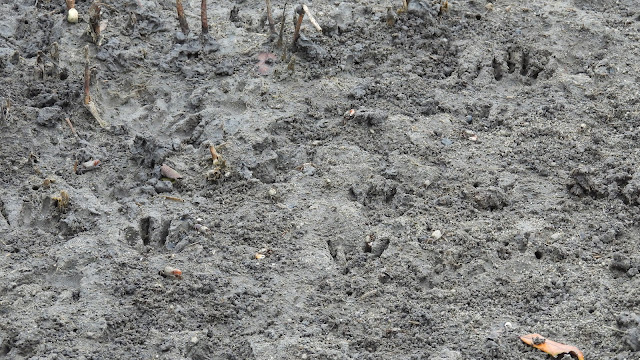




















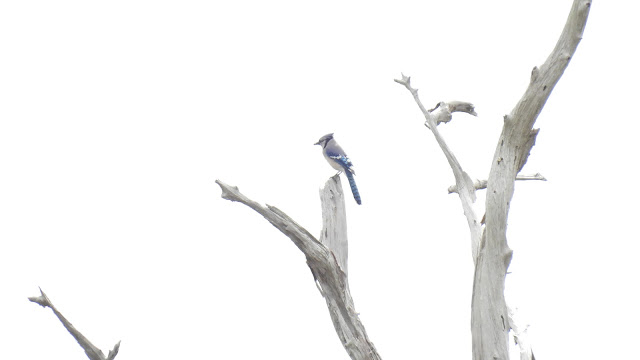



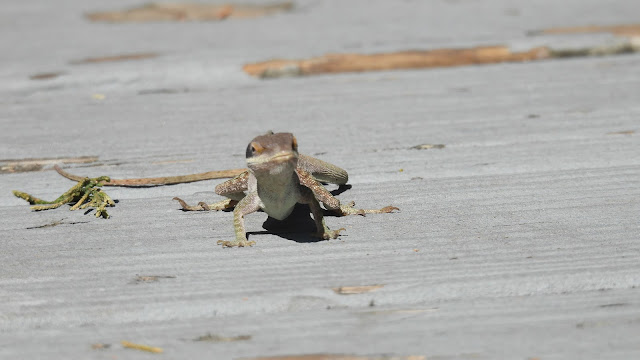









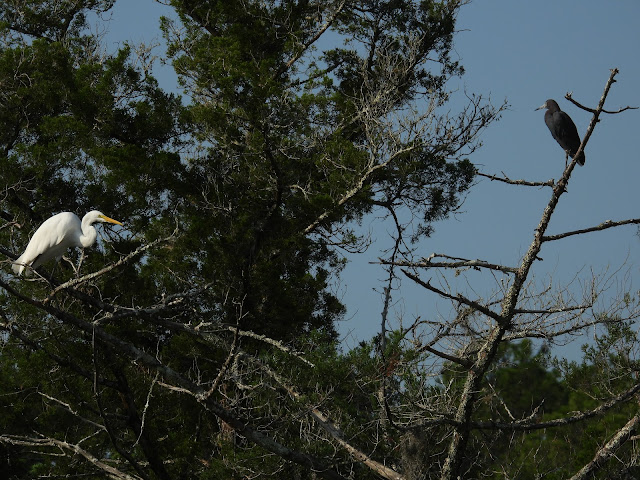


















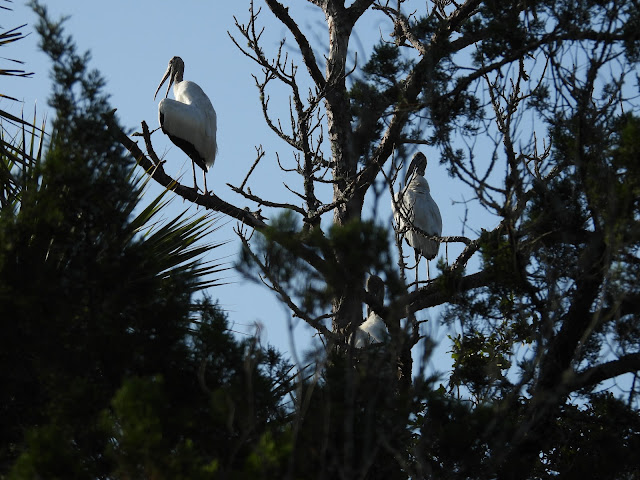































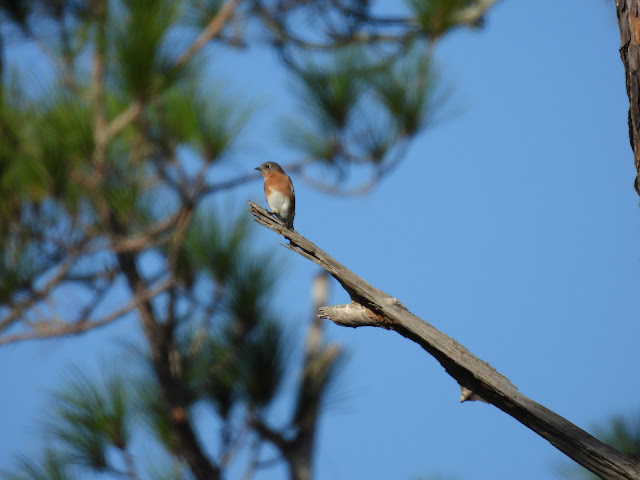

















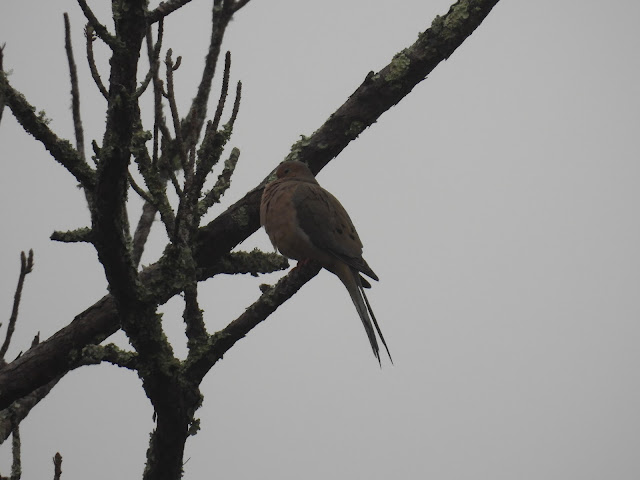

























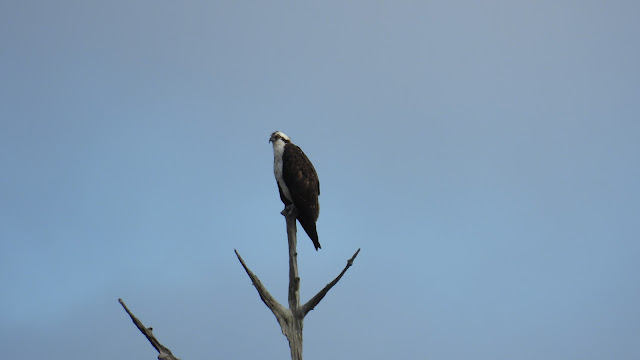













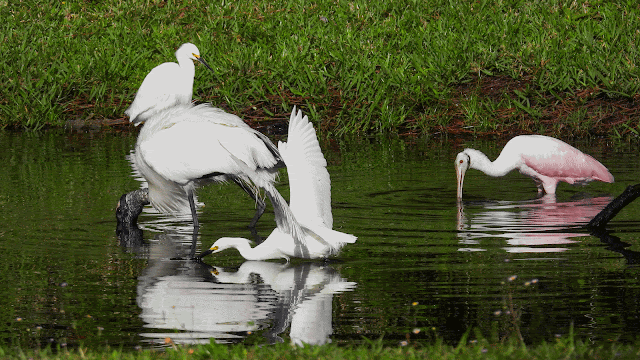















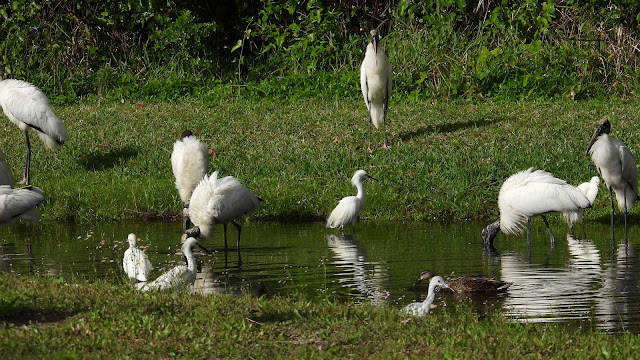











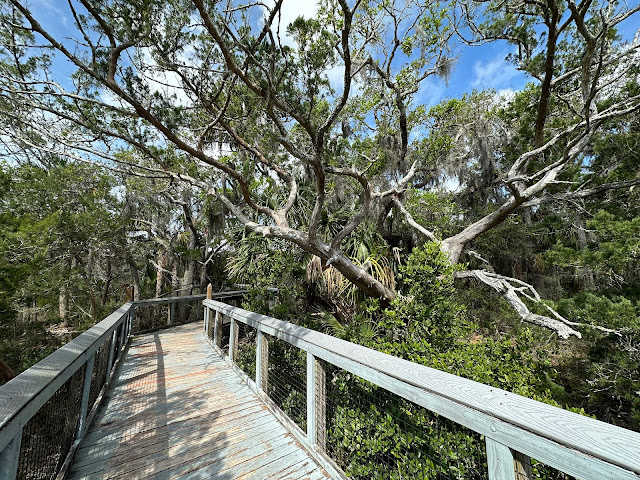
























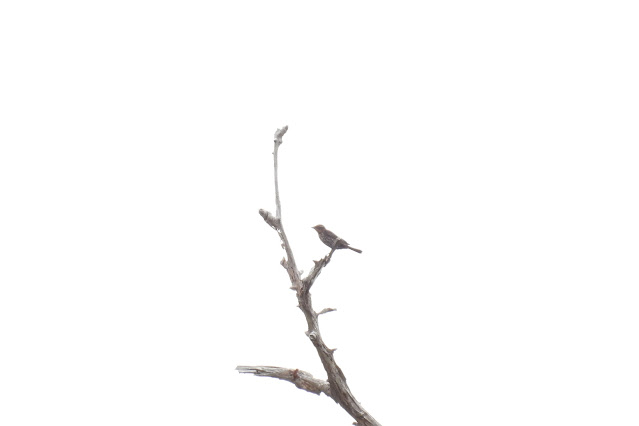





























































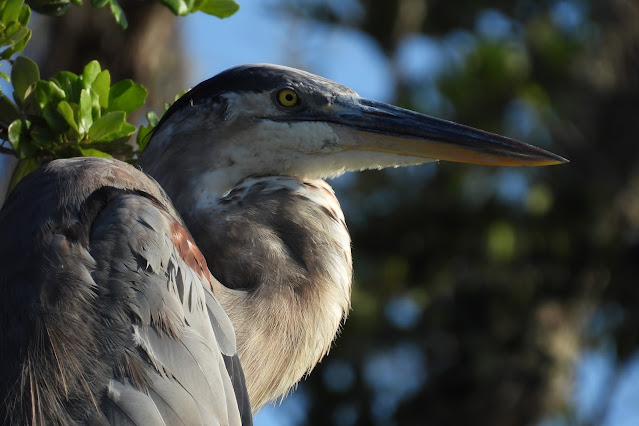









































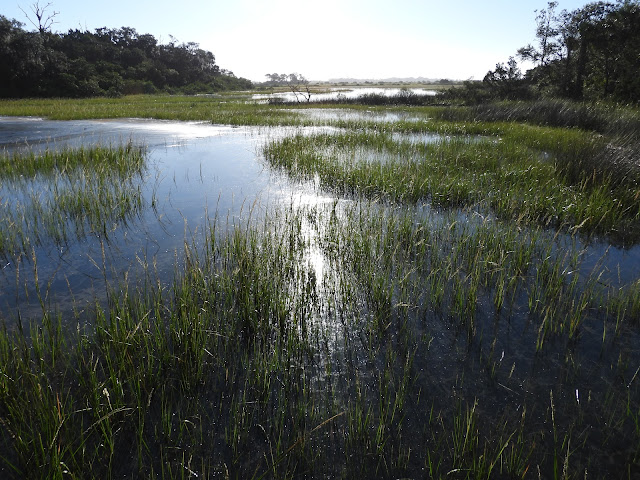























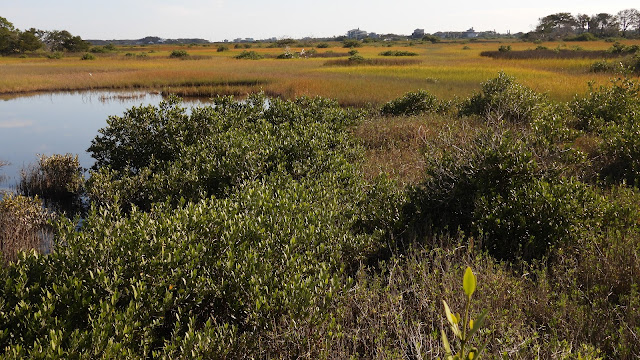





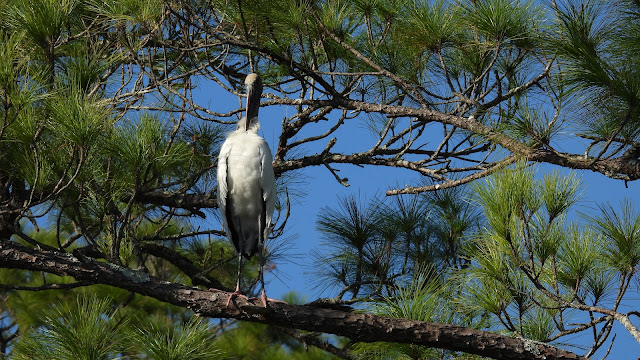























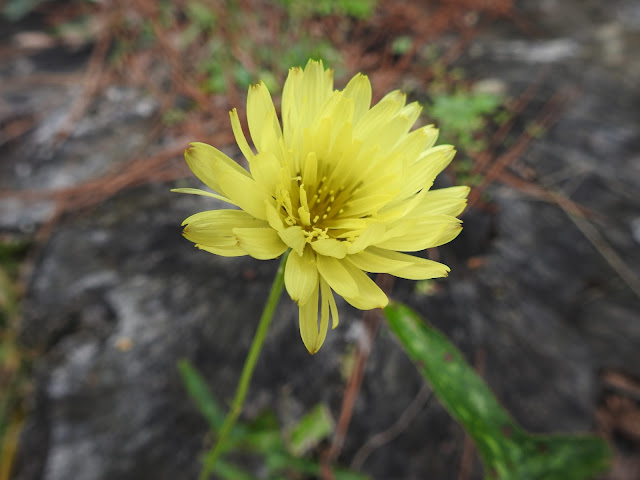



















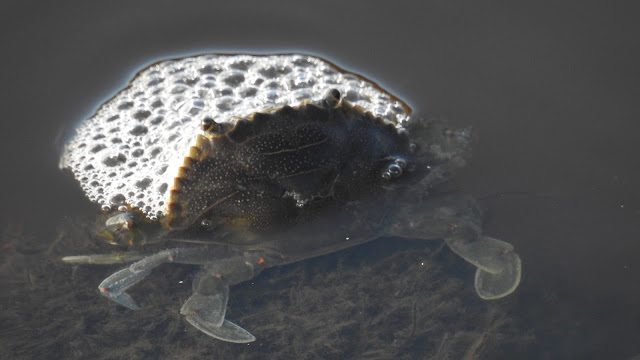








































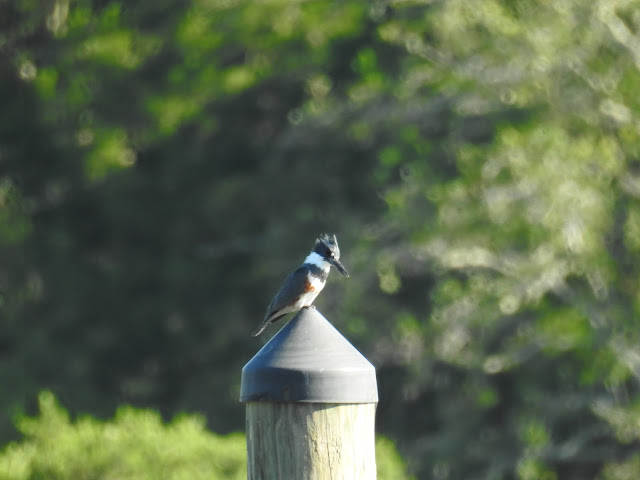































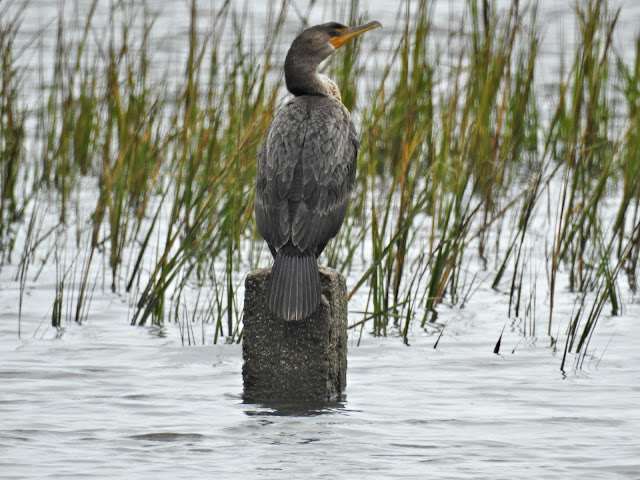




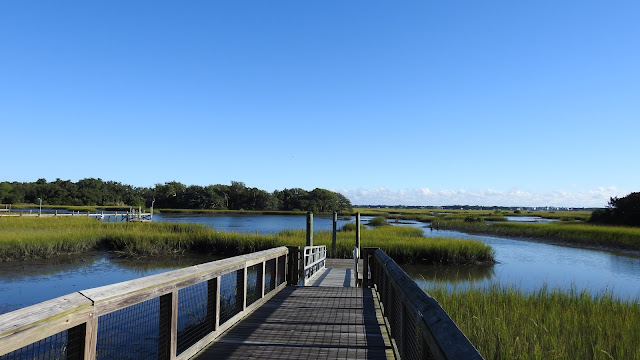





































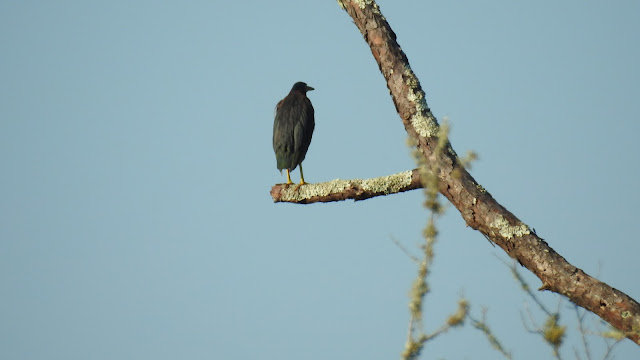

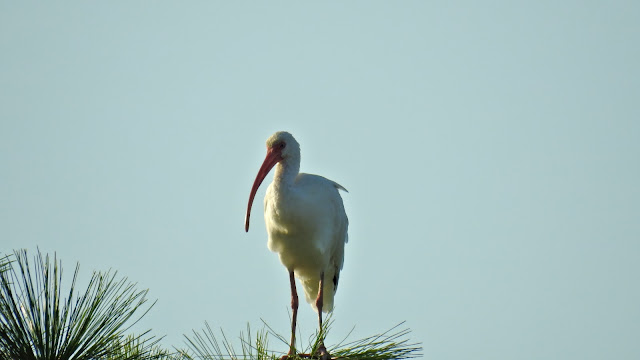

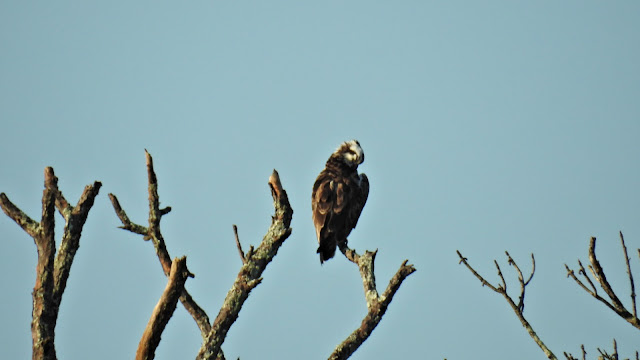













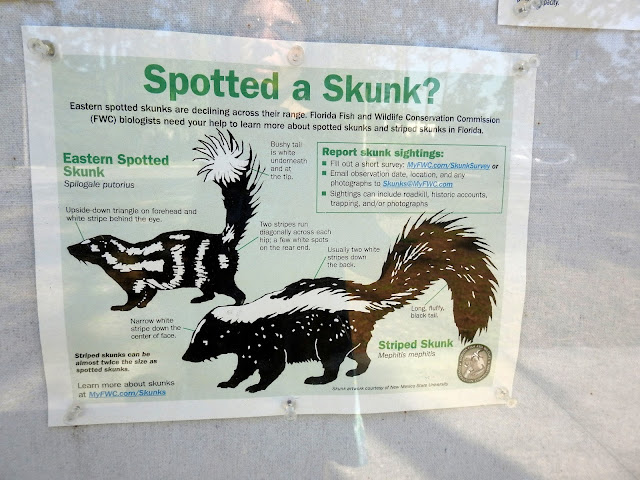



























































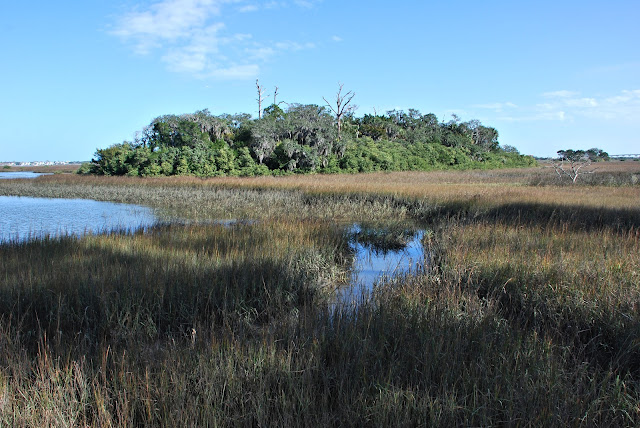














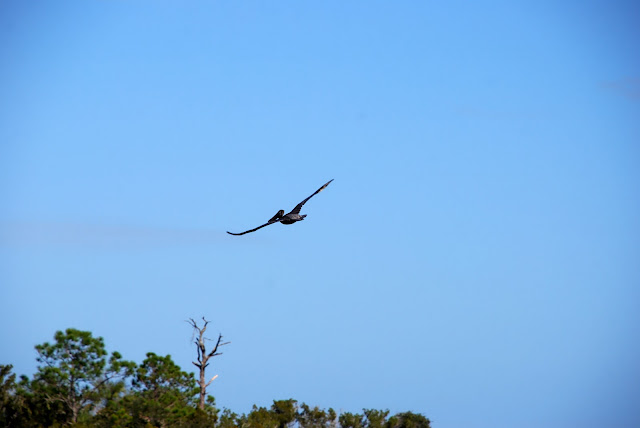



































No comments:
Post a Comment